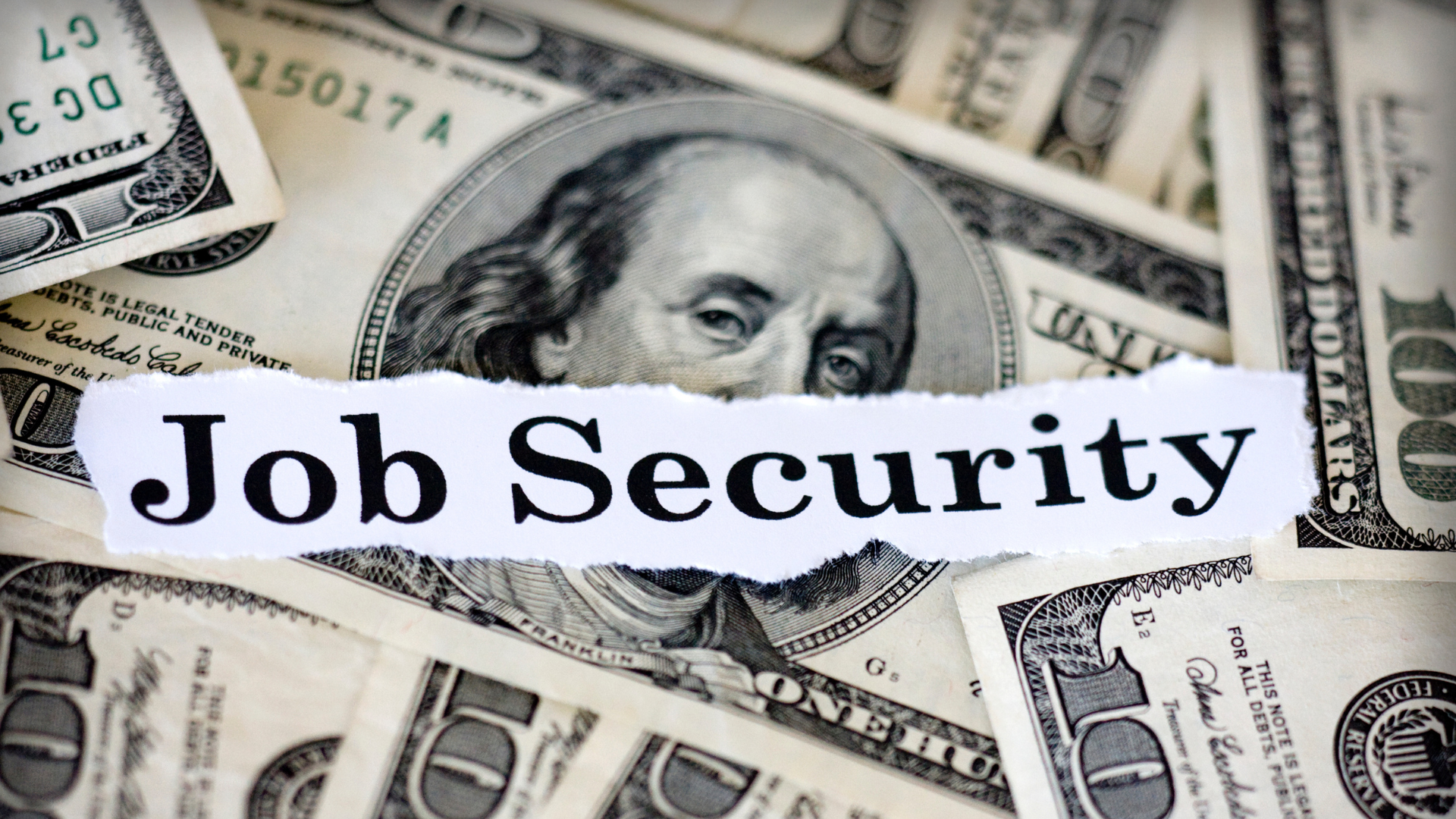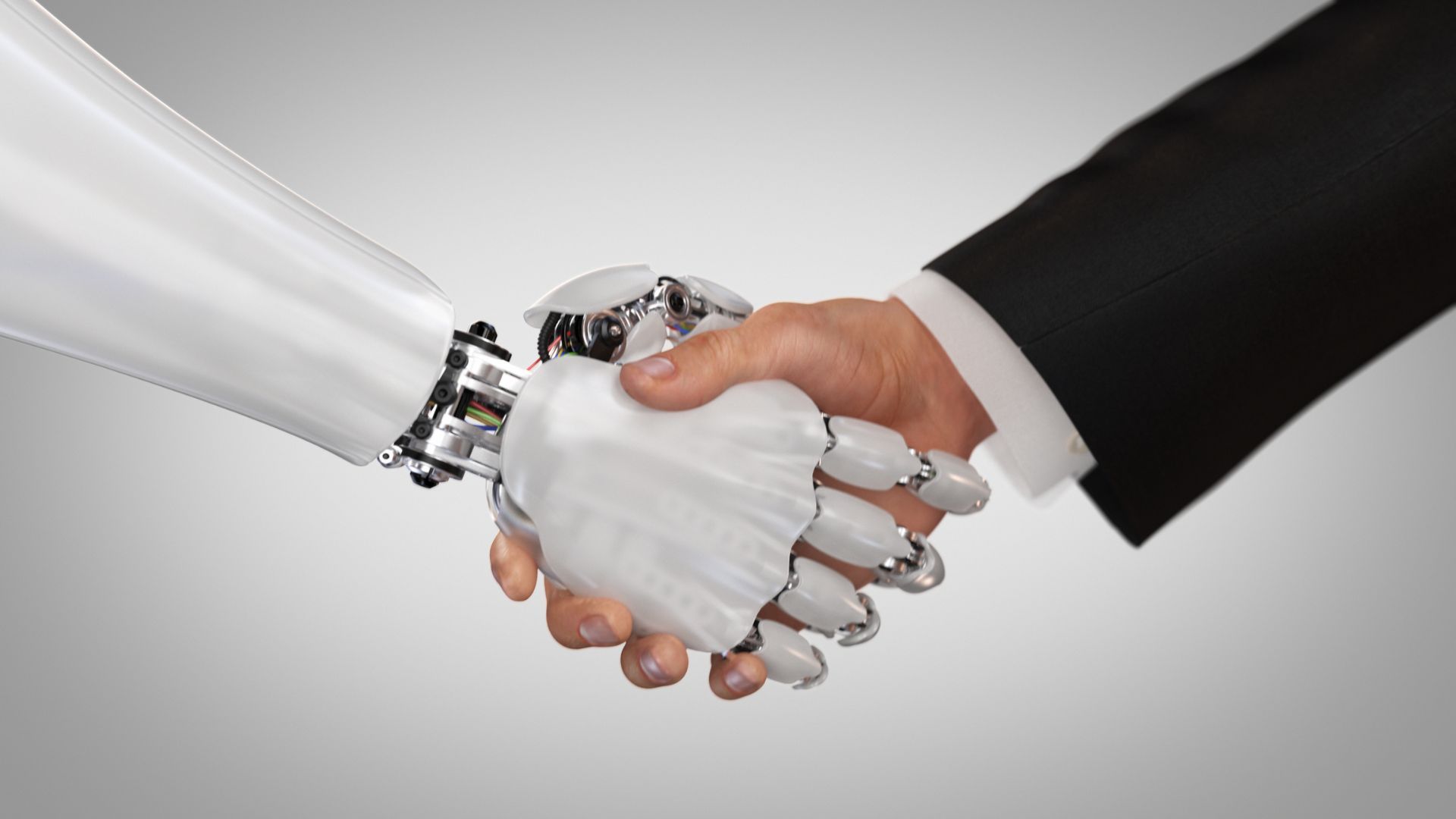How to handle a job rejection
Kathleen Hoffrichter • February 22, 2022

Being turned down for a job after the job interview, can be quite disheartening, especially if you have been job hunting for quite some time. While it’s not the best news to receive, it is so important to be able to cope with the news and move on and focus on continuing the search for your next opportunity. As clichéd as it may sound, ‘everything happens for a reason’ really can be a great mindset to have in this situation. Here are a few ways to maintain this mindset and stay positive throughout the job hunting process.
1) Ask for feedback.
Asking for feedback may be a bit daunting after being rejected but it is extremely helpful to find out what the reasons were that you were unsuccessful and find out if it is something you can prevent in future interviews. It may be related to relevant experience, or it could have been as simple as answering the questions differently; either way, you’ll never know if you don’t ask!
2) Don’t have your heart set on only one job.
This one can be a little hard, especially if you’re interviewing for the job of your dreams. Keeping your options open is so important to avoid those awful feelings of rejection when the application process doesn’t go to plan. None of us are ever ‘guaranteed’ for any job, so assuming you’ll get the job from the commencement of the recruitment process, is just setting yourself up to be disappointed.
3) Know that you are not alone.
Reminding yourself that you are not the only one applying for the job as there will be other people experiencing the same emotions and feelings you have. This can be quite a comforting thought. Job vacancies attract a high number of applications. A multiple of experienced job seekers make up these applications and unfortunately there will be people who won’t be successful….this time! It doesn’t necessarily mean that you or their application was ‘bad’ or that their interview didn’t go well. It quite often means that in this one instance, the recruiter of the line manager had to narrow down the number of job seekers and could only offer the job to one person. This can be quite a hard decision for the employers and recruiters to make!
4) Reconsider your expectations.
One thing to consider is, are your expectations a little too high? Maybe the employer isn’t able to meet your expectations. It is great to have expectations walking into an interview, however, it is also good to keep these expectations somewhat flexible. It is very important to communicate these expectations in the interview, whilst also making it very clear on what you are and aren’t willing to compromise.
5) Stay eager and express your interest for any future roles with the business.
If you didn’t get the job with the organisation you set your heart on, it is a great idea to be resilient and express your interest for any future job opportunities with them. First off, it’s always a good move to thank them for their time and consideration. Just because you didn’t get the job this time, doesn’t mean they wouldn’t consider you for the next opportunity. You may have just missed out on the job ever so slightly and making it clear to them that you would still like to be considered if there were to be another vacancy, demonstrates your eagerness and drive.
These are just a few simple ways that can help stay in a good mindset when receiving that rejection email or phone call after an interview. Just remember to stay positive and be proud that you are putting yourself out there.
Find the job you love I Find the right talent
Get in touch with people2people
Australia
I
United Kingdom
In business since 2002 in Australia, NZ, and the United Kingdom, people2people is an award-winning recruitment agency with people at our heart. With over 12 offices, we specialise in accounting and finance, business support, education, executive, government, HR, legal, marketing and digital, property, sales, supply chain, and technology sectors. As the proud recipients of the 2024 Outstanding Large Agency and Excellence in Candidate Care Awards, we are dedicated to helping businesses achieve success through a people-first approach.






